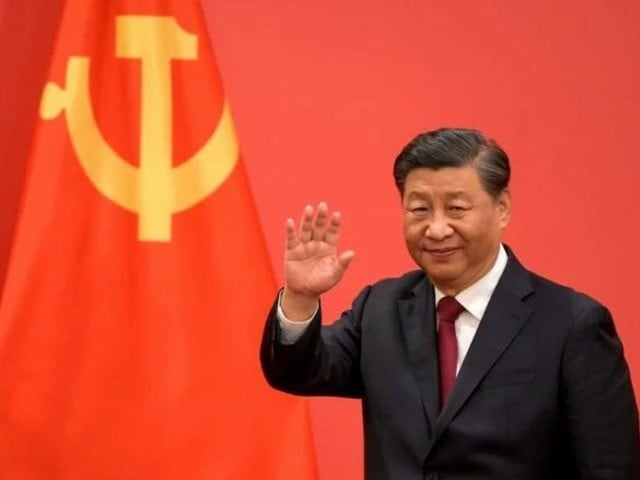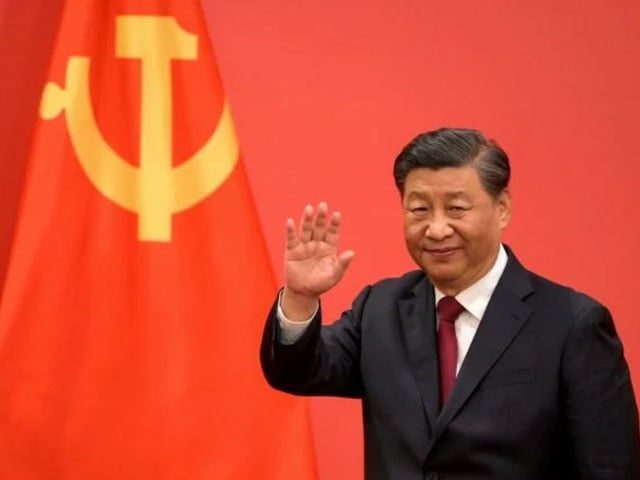
Xi Jinping becomes president of China for third consecutive term; Photo: File
Beijing: Chinese President Xi Jinping was sworn in for a third consecutive term, becoming the most powerful leader in Chinese history since Mao Zedong.
According to the World News Agency, President Xi Jinping was sworn in for the third consecutive term at the National People’s Congress meeting in the Great Hall of the People for the next five-year term.
President Xi Jinping was unanimously elected president by 2,952 members of China’s parliament, the National People’s Congress. Xi Jinping also became the head of the country’s Central Military Commission.
It should be noted that in October last year, Xi Jinping was elected as the party’s general secretary for another five years, paving the way for his third term as president.
For the first time in the history of the Communist Party of China, a single leader holds all three of the country’s top posts. These positions have made Xi Jinping the most powerful figure in China since Mao Zedong.
After a long war under the leadership of Mao Zedong, the dictatorial “Republic of China” was transformed into the People’s Republic of China on October 1, 1949, ending the concept of one-man rule.
However, Xi Jinping first lifted the constitutional ban on serving as president for more than ten years, then freed the president from life imprisonment, and also achieved the extraordinary feat of becoming the party’s general secretary for a second consecutive term.
With these measures, Xi Jinping has strengthened his grip on power and has now become the president for the third consecutive term.
(function(d, s, id){
var js, fjs = d.getElementsByTagName(s)[0];
if (d.getElementById(id)) {return;}
js = d.createElement(s); js.id = id;
js.src = “//connect.facebook.net/en_US/sdk.js#xfbml=1&version=v2.3&appId=770767426360150”;
fjs.parentNode.insertBefore(js, fjs);
}(document, ‘script’, ‘facebook-jssdk’));
(function(d, s, id) {
var js, fjs = d.getElementsByTagName(s)[0];
if (d.getElementById(id)) return;
js = d.createElement(s); js.id = id;
js.src = “//connect.facebook.net/en_GB/sdk.js#xfbml=1&version=v2.7”;
fjs.parentNode.insertBefore(js, fjs);
}(document, ‘script’, ‘facebook-jssdk’));



